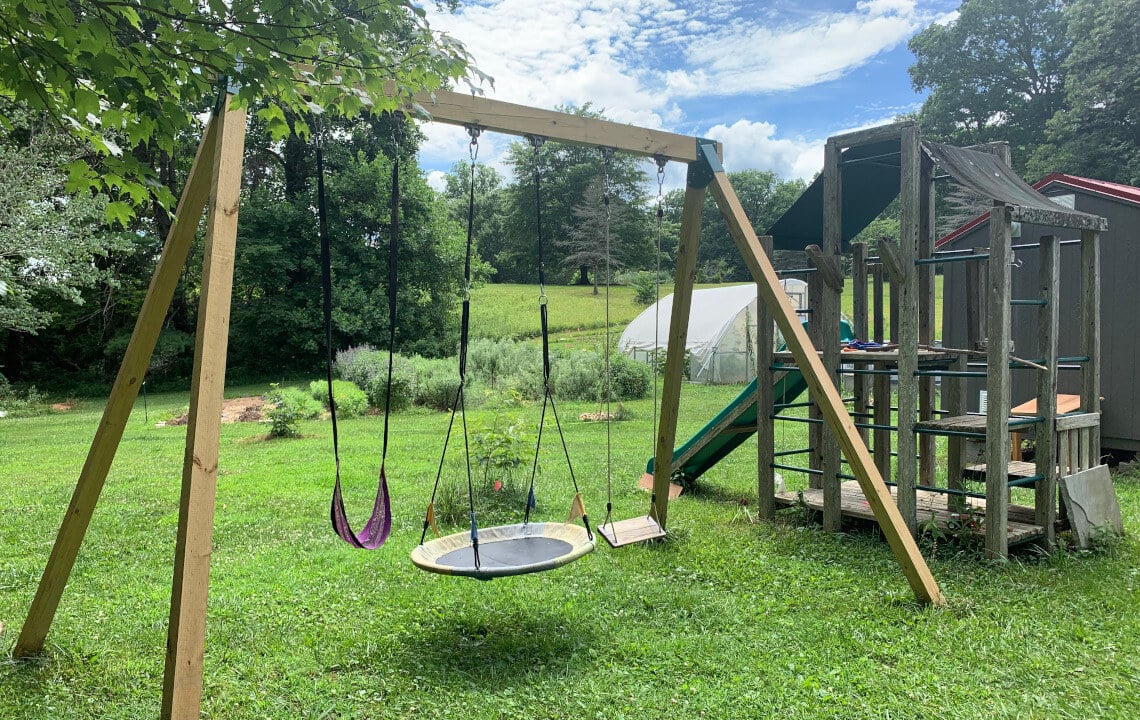Attracting bats to your rural property has many potential benefits, including natural insect control, plant pollination and seed spreading. Learn how to build the perfect bat box for your land here.
While fishing late one afternoon amidst a hatch of aquatic insects that fish feed on, I noticed something darting through the shade.
A small bat ran the gauntlet beneath limbs hanging over the stream to feed on the same insects that would feed fish when they fell back into the water.
I thought it might be nice to have this bat back at my cabin to eat a few insects there as well.
Benefits of Bats
As it turns out, bats eat more than a “few” insects.
The U.S. Fish and Wildlife Service website notes, "A typical summer colony of 100 bats feeding 200 days will consume more than 2200 pounds of insects or approximately 600,000,000 bugs!”

In agricultural areas, this bat appetite for bugs has economic value.
The South Carolina Department of Natural Resources estimates that bats save farmers over $115 million annually in pest suppression services in this state alone.
Bats are pollinators and seed spreaders, which play an essential role in plant and crop growth and sustainability.
Bats also drop nutrient-rich fertilizer on your land. Also known as guano, bat droppings are highly valued as a fertilizer and soil conditioner.
And bats are common throughout the Southeast, with over 20 species of bats residing in the region. At least 13 species frequent Florida.
But bats have been in the news lately concerning some of their hardships.
Though their typical predators, namely owls, hawks, house cats and snakes, prey on bats, a rapidly-spreading disease tends to be the more significant threat.
White-nose Syndrome is a fungus that infects the bat’s skin, muzzle, ears and wings while it hibernates. This fungus spreads rapidly in bat colonies and tends to be fatal.
So far, White-nose Syndrome has been found in 33 states and 7 Canadian provinces. The Department of the Interior estimates that over 6.5 million bats have died from this fungus so far.
There's also the concern about rabies.
However, upon doing some research I learned that although bats can contract rabies, like any other mammal, the incidence of rabies in bats is actually quite low.
Per The National Park Service, less than 1% of bats carry rabies.
That said, bats are still one of the top carriers of rabies, along with foxes, coyotes and skunks. So, keep that in mind when deciding if a bat box is right for your land.
Bat Boxes
Considering ways to bring the benefits of bats home to my cabin, a bat box looked like the most obvious solution.
The U.S. Fish and Wildlife Service claims bat boxes are especially helpful from April to August when females seek safe places to raise their pups.
Bat boxes come in multiple sizes and dimensions, but the National Wildlife Federation suggests the goal is to build a bat house that mimics the space between bark and a tree trunk where bats commonly nest.
Bats like tight, warm spaces for shelter. As a result, most boxes tend to be flat and wide with a rough or grooved board inside so the bats can easily climb in.
An internet search can quickly produce bat box construction plans, kits or pre-made boxes.
The National Wildlife Federation has a great building guide.
One particularly helpful site is Bat Conservation International (BCI) at www.batcon.org.
BCI offers a lot of information about bats and links to companies that build boxes to their specifications. You can order a bat box online or you may find a company near you on their list.

Best Placement of Bat Boxes
BCI also offers installation instructions for boxes.
Oddly enough, installing a bat box on a tree is not the preferred location.
The problem there is that predators can climb and wait at the opening for the bat to exit. Instead, BCI recommends installation on buildings or poles at least twelve feet off the ground.
Also, the National Wildlife Federation suggests choosing a site with water nearby for easy access.
Sites with sunshine are also recommended since bats prefer warmth. The instructions with my bat box recommended either a south or east-facing location. Early spring is cited as the best season to install a bat box.
So, I’ve found a sunny corner on the east side of my cabin where the box will be at least fifteen feet off the ground.
Well out of reach from predators and warm enough to entice a bat, perhaps once the bat box is installed, I’ll have a bat pup outside my window. Though I’ve occasionally been accused of having bats in my belfry, little did I know that it could be a good thing.
Now I just need to figure out how to get that bat to follow me home after my next fishing trip.

























